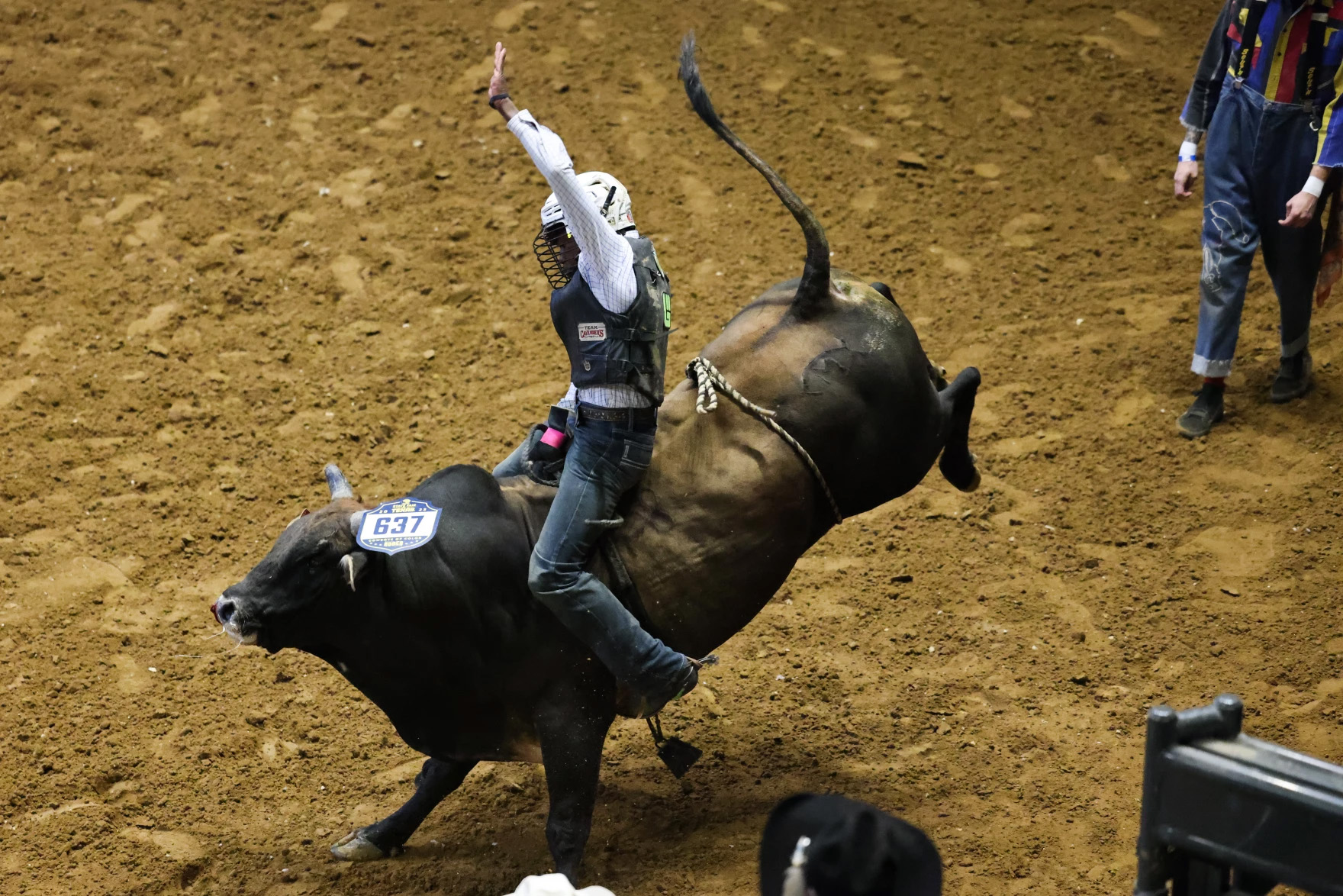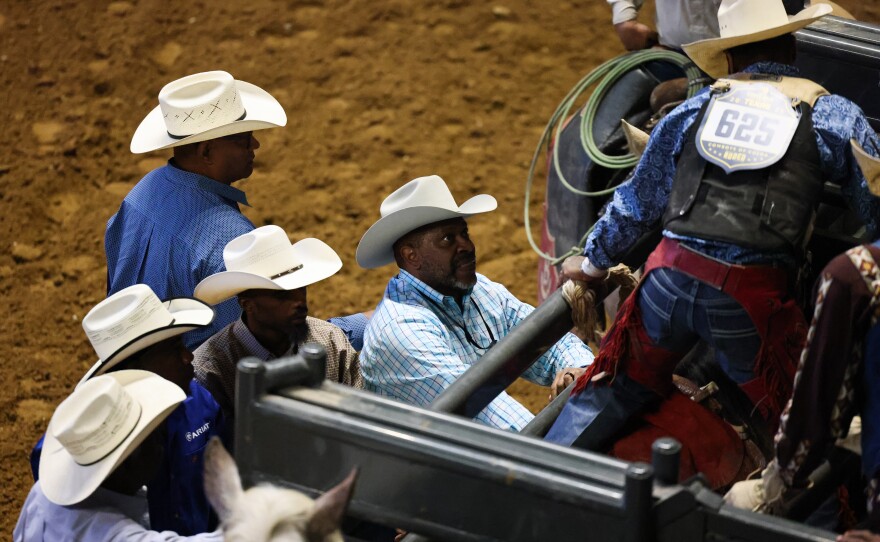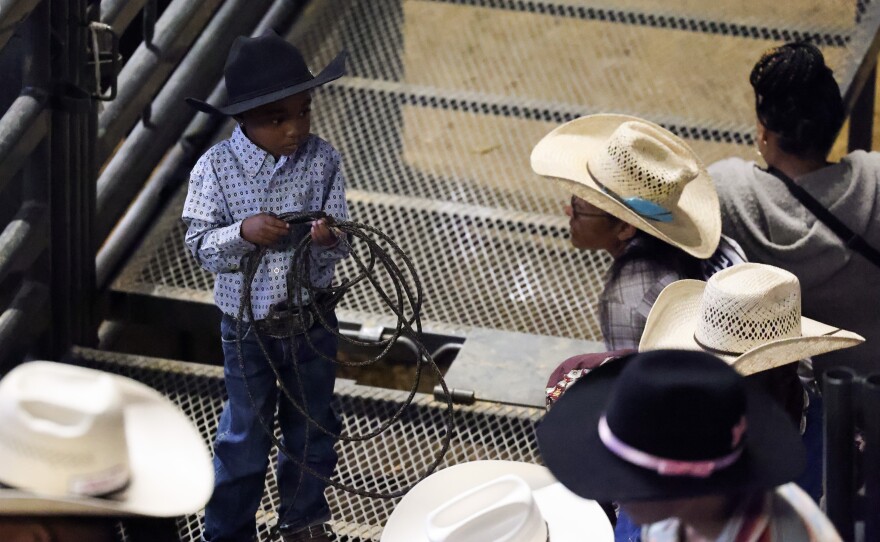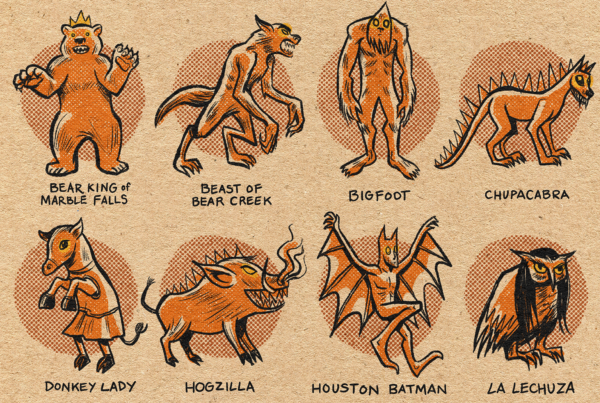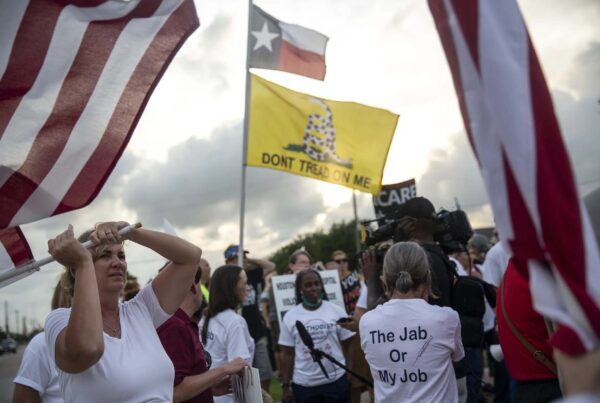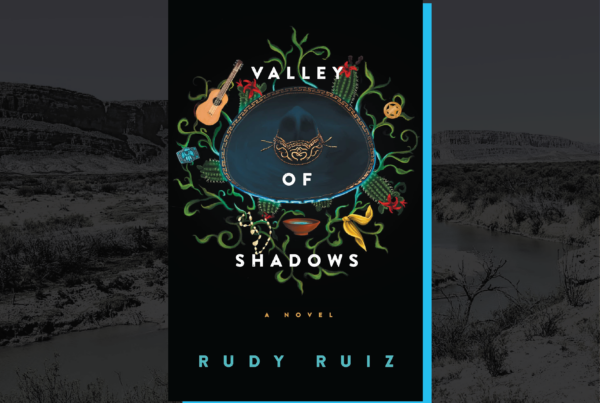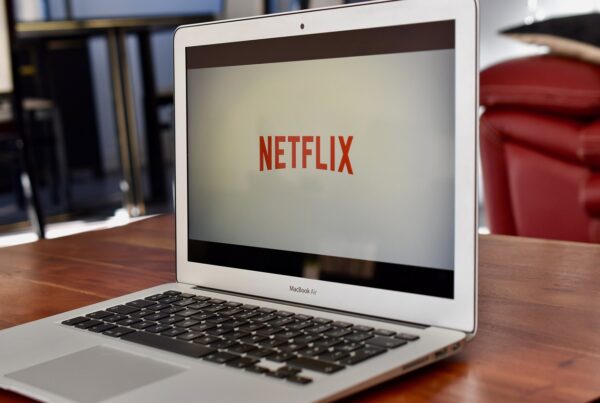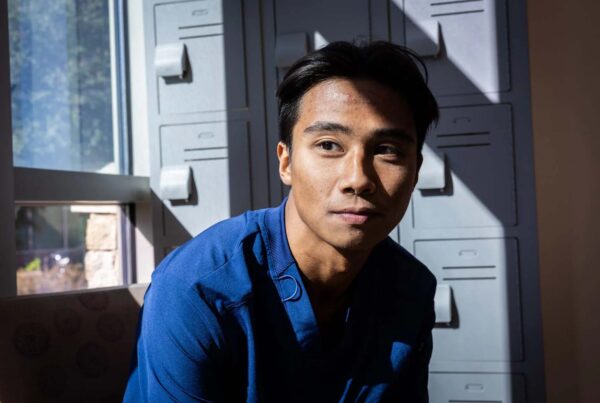From KERA News:
It had all the familiar sights and sounds of a rodeo. Calf-roping. Bucking horses doing their best to throw their riders. Lots of big hats, big belt buckles and finely stitched boots.
But this rodeo also was very different. At the Cowboys of Color Rodeo, which recently appeared for two nights at the State Fair of Texas, nearly all the competitors were Black.
That’s not a novel concept for one of the rodeo’s showrunners Harlan Hearn, but he said he enjoys seeing newcomers learn about the diverse rodeo in real time.
“Every year it’s the same thing,” Hearn said. “We meet people that go, ‘I had no idea. I’ve been in Dallas for 20 years. I had no idea.’ We’ve been here. But that’s part of that mission, is that we have to keep introducing it.”
And it also reflects the significant role that cowboys of color played in the Old West, a role that often was underemphasized — or even absent — onscreen and in history books.
This is the third year Hearn and his family have partnered with the State Fair to host the Cowboys of Color Rodeo, a nearly 50-year-old traveling competition that showcases the talents of rodeo competitors of color across the country.


